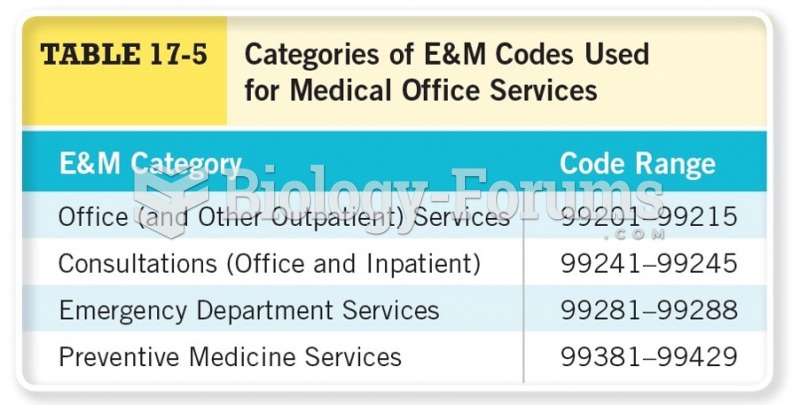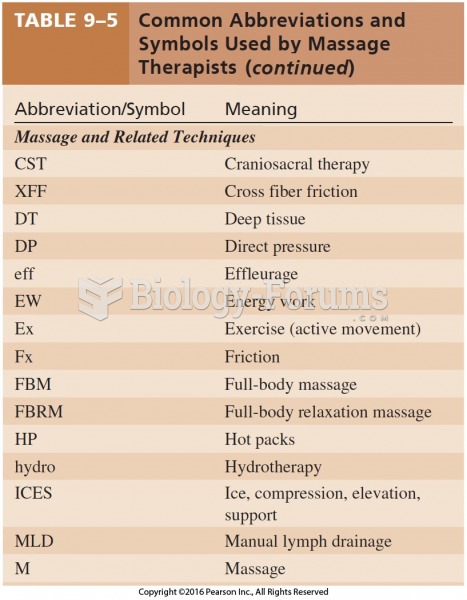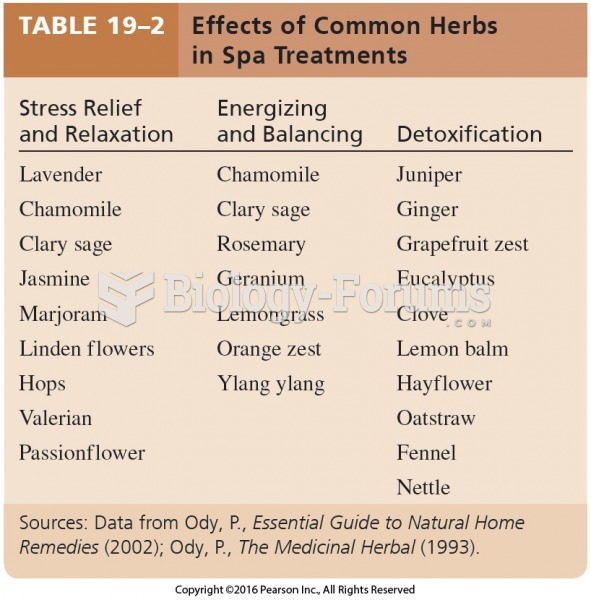Answer to Question 1
Pretransaction Services:
Convenient Hours: The more convenient the retailer's operating hours are to the customer, the easier it is for the customer to visit the retailer. Retailers must ascertain what their customers want and weigh the cost of providing those wants against the additional revenues that would be generated.
Information Aids: Many retailers offer customers other information aids that help them enter into intelligent transactions. For example, easier ways to search for products or services, the choices available in local stores, the location of specific stores, directions on how to get there; return policies, credit policies, merchandise availability, and even merchandise prices. There are websites where consumers experience firsthand a virtual walk through of the store.
Transaction Services: help to facilitate transactions once customers have made a purchase decision.
Credit: increases sales by increasing both impulse buying and purchases of expensive items; in-house credit can decrease profits if the credit policy is too lenient.
Layaway: A layaway sale is similar to an installment credit sale; however, the retailer retains physical possession of the item until the bill is completely paid. A negative aspect of using layaways is that many items are never picked up by the customer.
Gift Wrapping and Packaging: Customers are typically better served if their purchase is properly wrapped or packaged. The retailer must match its wrapping service to the type of merchandise it carries and its image.
Check Cashing: The most basic type consists of allowing customers to cash a check for the amount of purchase. It is an effective means of attracting certain market segments and is based on the premise that consumers will spend more if they have cash in their pockets.
Gift Cards: Many consumers continue to view gift cards as the perfect present because they are fun to receive, they make shopping easier, and consumers can use them to take advantage of after-Christmas sales. The major impact of gift cards on retailers is the postponement of sales since retailers can't count a gift card as a sale at the time of purchase. Instead, they must wait until the gift card is redeemed for merchandise.
Personal Shopping: Is the activity of assembling an assortment of goods for a customer; considered as one of the best ways to build a relationship with the customer.
Merchandise Availability: Relates to whether the customers can easily find the items they are looking for, which can be increased by having proper in-store signage, displays, helpful and informative employees, and a well-designed layout.
Personal Selling: Needs customer-oriented retail sales staff. A good job of personal selling, resulting in a need-satisfying experience, or even skilled suggestive selling will greatly enhance customer satisfaction.
Sales Transaction: Should minimize dwell time. The majority of all shopping experiences should be recreational and entertaining.
Posttransaction Services: Are especially important for online retailers since there usually isn't a face-to-face relationship involved; it is all done via the computer.
Complaint Handling: If retailers are able to solve the customer's problem the right way, then the customer will not only continue to shop with the retailer but also may influence others to shop there through the use of word of mouth.
Merchandise Returns: The handling of merchandise returns sometimes making the difference between turning a profit and losing money. Since customer retention is so important, retailers need to decide if they want to use extreme policies or a more moderate one.
Servicing, Repair, and Warranties: Retailers who offer merchandise servicing and repair to their customers tend to generate a higher sales volume. And if the work they perform is good, they can also generate repeat business.
Delivery: The extra business derived from providing delivery may be worth the expense if the merchandise and customer characteristics warrant it. The final step of the delivery process is installation.
Postsale Follow-Up: The Internet is rife with sounding boards for disgruntled shoppers to vent, so it is wise to have someone check these blogs on a regular basis.
The proper handling of customer complaints can mean a big difference in retail performance. Dealing with customers is a sensitive issue because it involves employees who make human errors dealing with customers who make human errors. In essence, this doubles the chance of misunderstandings and mistakes between the two parties. Unfortunately, these mistakes and misunderstandings often lead to a poor image of the retailer, no matter whose fault they might be. Therefore, it is essential that retailers try to solve customer complaints effectively. After all, if retailers are able to solve the customer's problem the right way, then the customer will not only continue to shop with the retailer but also may influence others to shop there through the use of word of mouth. Regardless of the complaint-handling system, the retailer needs to remember three things when handling complaints: The customer deserves courteous treatment, a fair settlement, and prompt action. The retailer needs to remember that even if the sale is lost, the customer need not be lost. The proper handling of complaints has a substantial payback for the smart retailer.
Answer to Question 2
T







